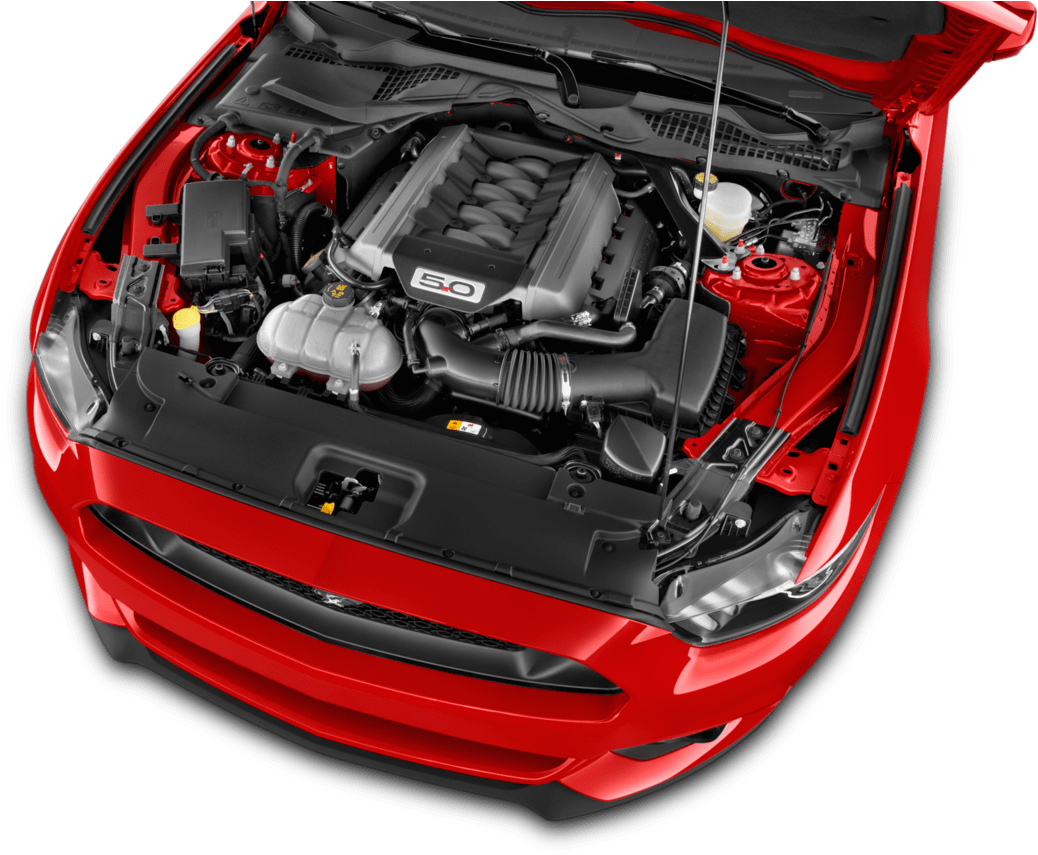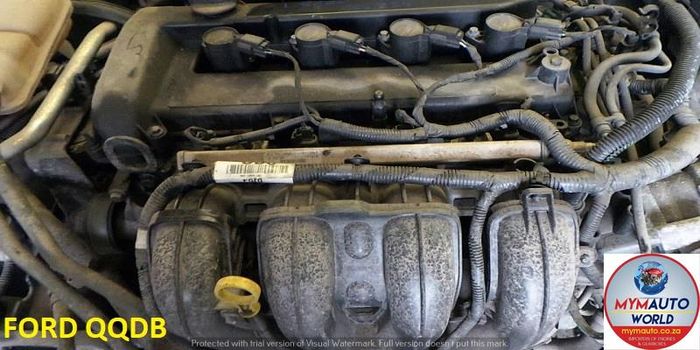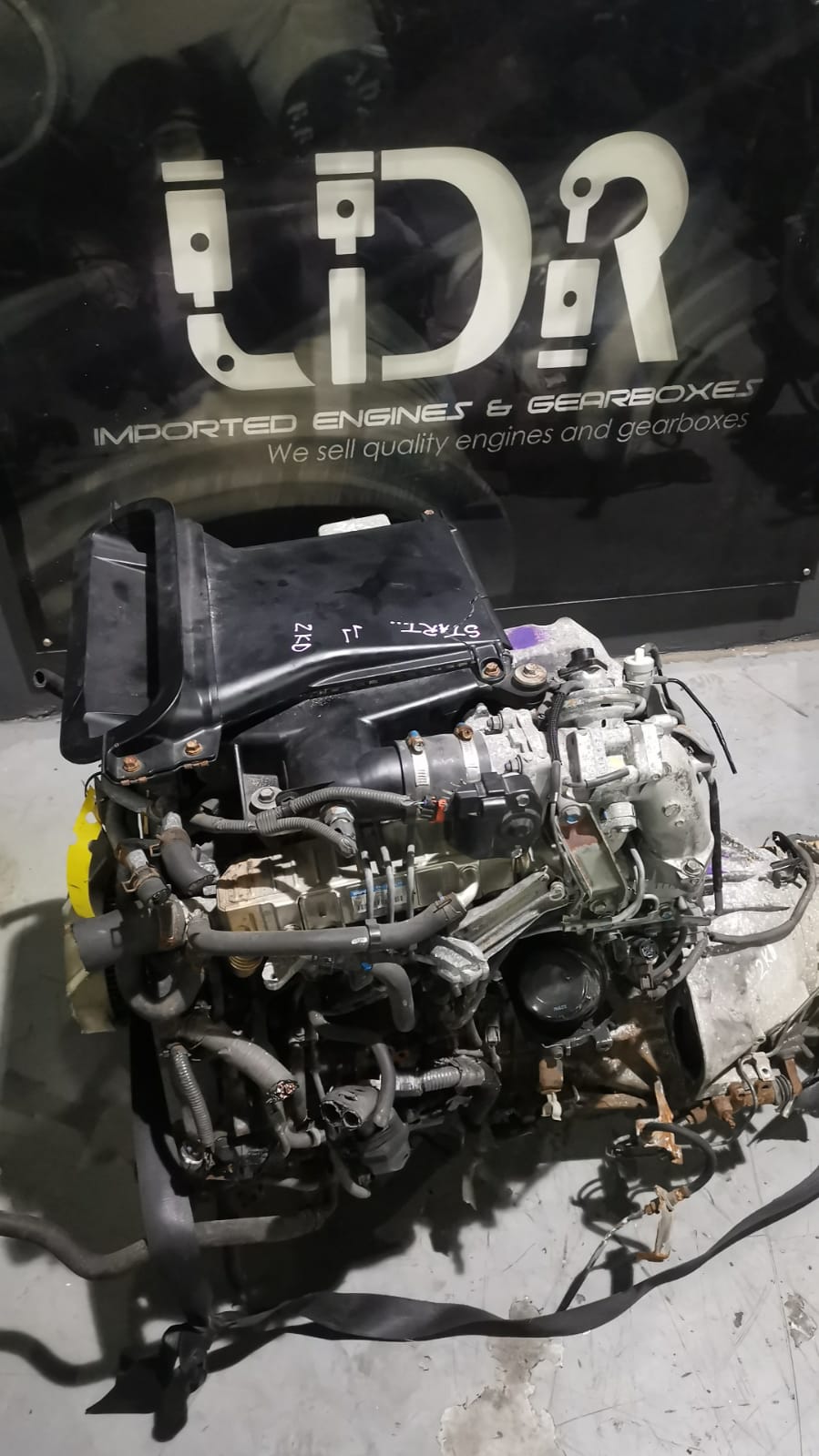Where to Locate the Best Opel Corsa Engine for Replacement
Where to Locate the Best Opel Corsa Engine for Replacement
Blog Article
Discovering the Inner Functions of a Compact Automobile's Engine System
As chauffeurs, we frequently take for granted the intricate processes that occur within the confines of our vehicle's engine system. The portable yet complicated machinery that pushes us forward is a wonder of design precision and coordination. From the regulated surges in the combustion chamber to the meticulous timing of gas injection, every part plays a vital function in the smooth operation of the engine. In this expedition of a small automobile's engine system, we will untangle the inner operations of this mechanical symphony, clarifying the secrets that drive us onward on our everyday trips.
Combustion Process Review
The combustion process in a compact vehicle's engine system is an important system that efficiently converts gas into energy to power the car. This process happens within the burning chamber of the engine, where fuel and air mix, fire up, and produce controlled explosions. The burning process contains 4 main phases: intake, power, exhaust, and compression.
During the intake stage, the piston relocates downward, attracting in a mixture of air and fuel right into the burning chamber. This descending movement produces the power required to drive the lorry. This cyclic combustion procedure is basic to the procedure of a compact car's engine system, making sure reliable power conversion for propulsion.
Piston and Cylinder Interaction

The piston's precise fit within the cylinder is important for preserving ideal compression and stopping energy loss during combustion. Tight clearances between the piston and cylinder wall surfaces ensure reliable securing, permitting the piston to relocate smoothly without enabling gases to leak past. Proper lubrication is also vital to reduce rubbing and put on in between these elements, improving longevity and performance.
In addition, the layout and products utilized in manufacturing the piston and cylinder influence engine performance and longevity. Modern engines usually use light-weight yet resilient materials like light weight aluminum alloys for pistons and cyndrical tube liners to reduce inertia and boost thermal performance. Generally, the harmonious interaction in between the piston and cylinder is fundamental to the engine's capability and general performance.
Fuel Shot System Functionality
Gas shot systems in compact vehicle engines play an essential function in precisely supplying fuel to the combustion chamber for reliable and regulated ignition. The fuel shot system works by injecting gas into the combustion chamber at the optimum moment throughout the engine's operation (opel corsa engine). This precise timing makes sure that the navigate to this site fuel blends evenly with the air for correct combustion, bring about improved gas efficiency and lowered emissions
There are largely two sorts of gas injection systems made use of in compact automobile engines: port fuel shot (PFI) and straight fuel shot (DFI) PFI systems infuse fuel into the consumption port before the intake shutoff, while DFI systems infuse fuel directly right into the combustion chamber. Both systems have their advantages, with DFI using better fuel atomization and PFI supplying an extra economical remedy.
Understanding Engine Cooling Devices
Effective operation of a compact vehicle's engine relies greatly on the efficiency of its cooling mechanisms. The cooling system in a portable automobile normally consists of several components functioning with each other to control the engine temperature. Understanding these engine air conditioning systems is important for keeping the efficiency and longevity of a compact car's engine system.

Exhaust System Components Explained
The optimal performance of a small car's engine air conditioning systems depends on a corresponding system referred to as the exhaust system, which makes up various crucial elements for ensuring reliable discharges and engine performance. The exhaust system consists of components such as the exhaust manifold, catalytic converter, muffler, and tailpipe. The exhaust manifold accumulates exhaust gases from the engine's cylinders and routes them to the catalytic converter. The catalytic converter after that blog converts harmful toxins in the exhaust into much less harmful discharges before releasing them via the muffler and tailpipe.
One important part of the exhaust system is the oxygen sensing unit, which keeps track of the oxygen levels official site in the exhaust gases to help control gas intake and guarantee ideal engine efficiency. opel corsa engine. In addition, the resonator may exist in some exhaust systems to decrease noise levels. Overall, the exhaust system plays an essential role in maintaining engine effectiveness, lowering hazardous discharges, and making certain a quieter driving experience for compact vehicle owners

Final Thought
In verdict, the compact car's engine system is a complicated mix of parts that collaborate to help with the burning procedure, transform gas right into energy, and remove waste gases. Comprehending the internal operations of the engine system, consisting of the piston and cyndrical tube interaction, fuel injection system, engine cooling systems, and exhaust system parts, is critical for maintaining optimal performance and efficiency of the car.
The combustion process in a small automobile's engine system is a critical mechanism that efficiently converts fuel into power to power the vehicle.Gas injection systems in small car engines play an important function in specifically delivering gas to the burning chamber for efficient and regulated ignition.There are largely two types of fuel injection systems used in portable lorry engines: port gas shot (PFI) and straight fuel shot (DFI) Recognizing these engine air conditioning devices is essential for keeping the efficiency and durability of a compact lorry's engine system.
The ideal functioning of a compact lorry's engine air conditioning mechanisms depends on a complementary system recognized as the exhaust system, which makes up various essential parts for making certain effective emissions and engine efficiency.
Report this page